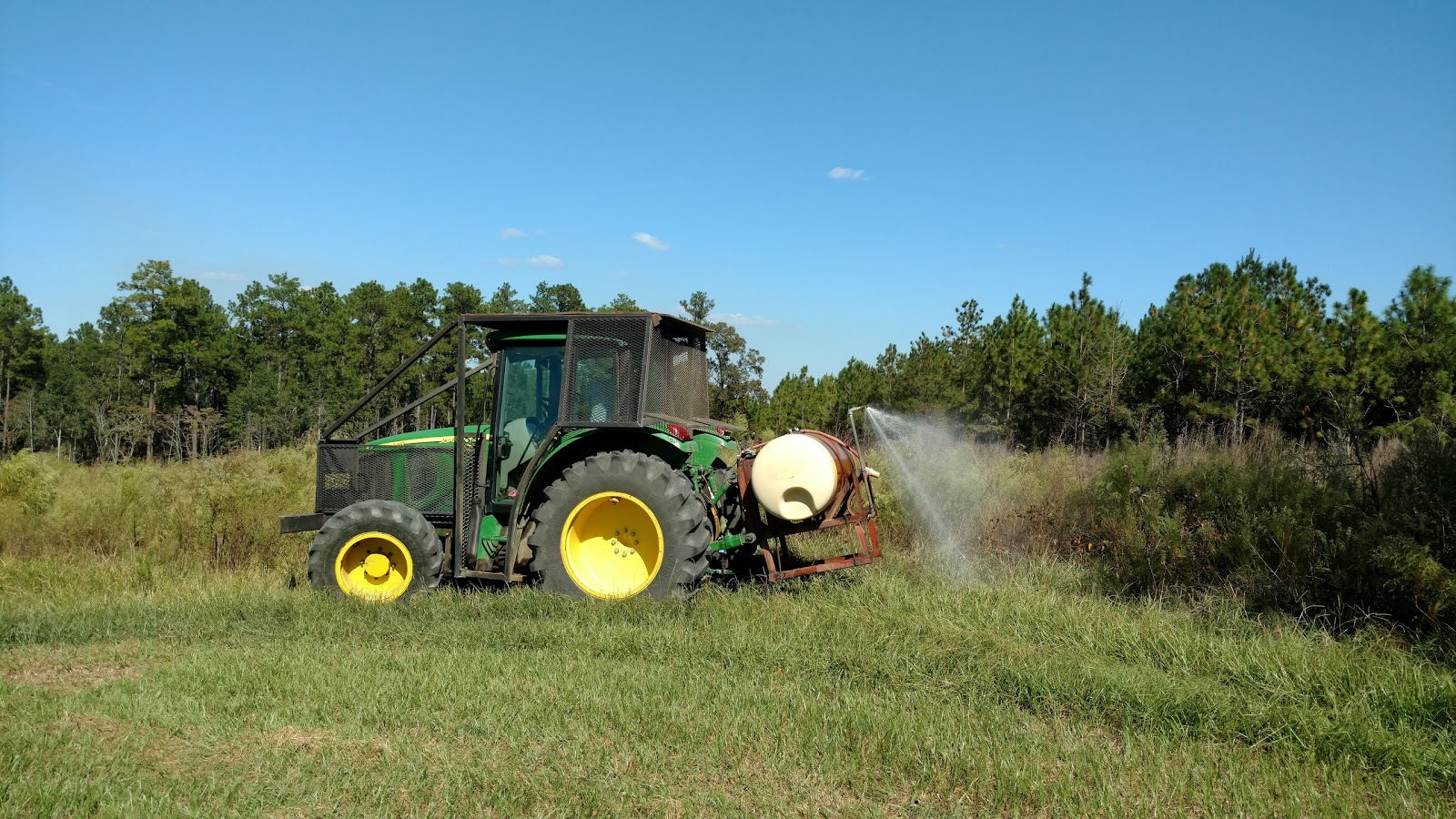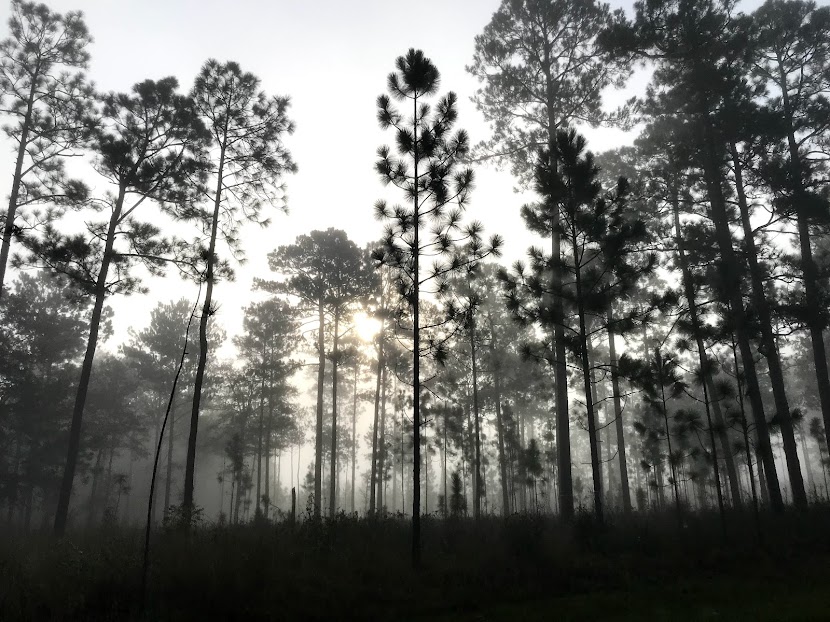Fire
Fire improves accessibility, makes plants more palatable, improves crude protein, promotes seed production, and increases the presence of insects.
Herbicides
Selective herbicides are a key component in the reestablishment of native understories.
Timber
Timber harvesting and other machinery benefit wildlife and native understory by removing overhead competition, thus allowing sunlight to reach the forest floor, and stimulating preferred vegetative components.
Understory Management
Prescribed fire is quite beneficial from a forestry perspective. It creates access for forest management activities, reduces fuel loads, and prepares the site for natural regeneration and artificial planting. It also aids in controlling seedling competition, enhances timber sale bid prices, and improves timber stand aesthetics.

Forest Herbicide Management
Selective herbicides are commonly thought of as a mechanism to favor forest regeneration. Selective herbicides are also necessary wildlife management tools as they enable managers to favor one plant community over another to create the optimal habitat for a particular species.


Timber Harvesting and Machinery
Timber harvesting is the mechanical operation that pays! Thinnings and clear-cuts are essential to forest management at the Solon Dixon Forestry Education Center. The Center’s timber harvesting philosophy can be summed up with the phrase, “Take out the bad and leave the good.”
Sequencing of Management Practices
The tools of prescribed fire, timber harvesting, machinery, and selective herbicides can be used independently for a singular positive outcome. Still, when integrating these practices, desired outcomes are often achieved in a shorter period with longer-lasting effects.

